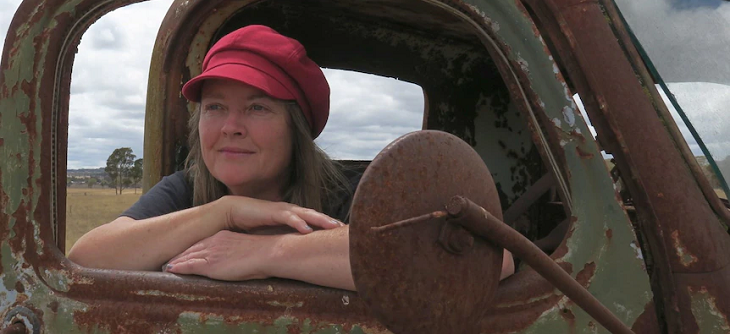Alisa Perks loves living in the regional New South Wales town of Armidale, but she has been forced to lock herself inside every winter for the past 16 years.
She has asthma and, throughout the cooler months, smoke from woodfired heaters blankets the region.
About two in five homes in Armidale use the heaters and they contribute to the majority of the city’s air pollution in winter.
“I love this town, but quite frankly, it’s a stench,” she said.
“We need to keep every door and window closed or the smoke gets in.”
Ms Perks is one of the 2.7 million Australians with asthma. About one-quarter can have potentially deadly asthma attacks triggered by smoke.
Now, a study published in the Medical Journal of Australia on Monday suggests this type of smoke is killing at least 14 of Armidale’s residents prematurely each year.
And for those born in the town, it’s the equivalent of taking an entire year off their expected lifespan.
Report author Dr Dorothy Robinson, from the University of New England, said people died from the health impacts of long-term smoke exposure.
“Typically, heart attacks and strokes are the main reasons for the premature deaths,” Dr Robinson said.
Deaths ‘underestimated’
The findings have ramifications for the whole of New South Wales, where the government is currently reviewing its clean air strategy.
The new data suggests wood heaters across NSW are responsible for far more excess deaths than previously thought.
Call to phase out wood heaters due to health concerns
Statewide, about 10 per cent of homes use wood heaters as the main source of heating.
In Sydney, the heaters are responsible for about 40 per cent of wintertime air pollution.
That was previously thought to equate to about 100 premature deaths in NSW each year but now, because of the study, that figure is in question.
“[The study] probably means that the number of deaths from wood smoke has been underestimated,” Dr Robinson said.
“It’s probably about 200 deaths a year in the greater Sydney metropolitan area – that’s Sydney, Newcastle, Wollongong and the surrounding areas.”
Calls for buybacks schemes and bans
The Asthma Foundation has called on the NSW government to introduce buyback schemes, which have been effective in Tasmania and the ACT.
They also want the heaters removed any time a house is sold, as well as banned from new builds.
Dr Robinson, who is also an Armidale Regional City Councillor, said any scheme should also include subsidies to improve home insulation.
“It should look at finding good alternatives to wood heaters,” she said.
NSW Environment minister Matt Kean told the ABC in June that the government recognised the potential adverse health impacts but they were a cost-efficient form of heating for many, particularly in rural areas.
He said buybacks in the past had been popular.
“The government is committed to improving its evidence on wood smoke impacts on local communities,” he said at the time.
“It will continue to work closely with local councils and stakeholders to manage these impacts and ensure that any future wood smoke reduction programs are cost-effective and meet the needs of local communities.”
Armidale traps smoke like a bowl
Armidale is well-known for being covered in a layer of smoke each winter.
Its unique topography in the hills of New England sees smoke accumulate in its bowl-like city centre.
The north-east corner of the town, Ms Perks said, was particularly bad.
“You can feel yourself walking through the blanket and suddenly it’s really thick.”
Dr Robinson said air pollution in Armidale exceeded the national daily standard for small airborne particulates, known as PM 2.5s, on 32 days in 2018.
Over time, wood smoke becomes dangerous for people’s health because of long-term exposure to these tiny particles and other carcinogens.
It’s worse than other forms of air pollution because when wood is burned in home heaters, it’s happening at comparatively low temperatures.
As a result, it undergoes what’s known as “incomplete combustion”, which leads to more dangerous by-products.
ABC Content Disclaimer

